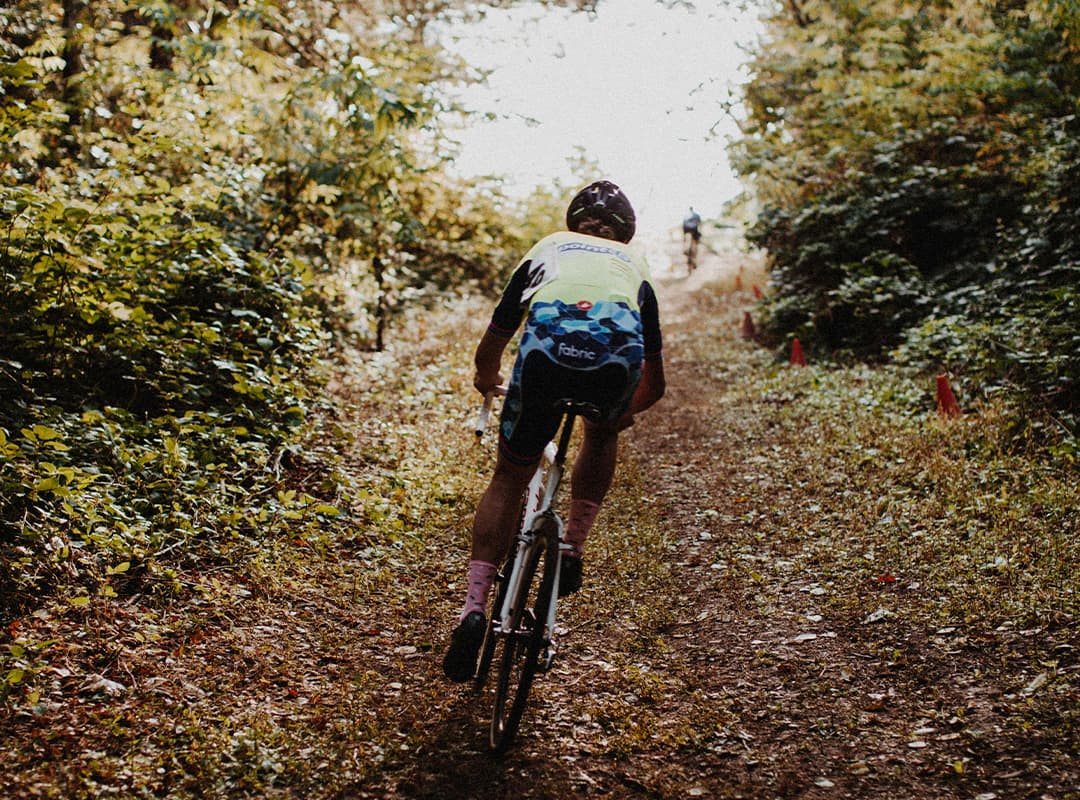Navigating mountain biking (MTB) trails can be both exhilarating and challenging, especially when exploring new locations. In New Zealand, where diverse landscapes offer an array of MTB experiences, understanding trail rating systems is crucial for ensuring a safe and enjoyable ride. Whether you’re tackling the rugged terrain of the NZ mountain ranges or cruising through the lush forests of Rotorua, knowing how trails are rated can help you choose routes that match your skill level and riding preferences. Here’s a comprehensive guide to understanding MTB trail rating systems and how they apply to your adventures in New Zealand.
1. What Are MTB Trail Rating Systems?
1.1 Purpose of Trail Ratings: Trail rating systems provide riders with information about the difficulty and technicality of MTB trails. These ratings help you gauge whether a trail is suitable for your skill level and experience. They typically consider factors such as terrain, technical features, and overall trail conditions.
1.2 Common Rating Systems: While different regions may use various systems, most MTB trail rating systems fall into one of these categories:
- Green (Beginner): Easy trails with minimal technical challenges. They are usually smooth, wide, and free of obstacles, making them ideal for novice riders.
- Blue (Intermediate): Trails that offer a moderate level of difficulty, with some technical features and varied terrain. These trails are suitable for riders who have gained some experience and are comfortable handling more challenging conditions.
- Black (Advanced): Difficult trails featuring technical obstacles, steep sections, and challenging terrain. These trails are designed for experienced riders who are comfortable with complex features and demanding conditions.
- Double Black (Expert): Extremely challenging trails with significant technical difficulties and potentially hazardous conditions. These trails are intended for highly skilled riders with advanced technical abilities.
2. How Trail Ratings Apply in New Zealand
2.1 NZ Mountain Trail Ratings: New Zealand’s MTB trails are often rated using the common color-coded system, but some areas may have their own specific ratings or additional categories. Here’s how this system typically applies:
- Rotorua Trails: Rotorua’s extensive network, including trails in the Redwoods Forest, uses the color-coded system to help riders choose suitable routes. Expect well-marked trails that range from beginner-friendly to expert-level challenges.
- Queenstown MTB Trails: Queenstown offers a variety of trails, including those at the Queenstown MTB Park. The rating system here is designed to help riders navigate the diverse terrain, from smooth, flowy trails to technical descents with steep drops.
2.2 Trail Ratings and Conditions: In New Zealand, trail ratings can also be influenced by seasonal conditions. For instance, trails that are rated as advanced in dry conditions might become significantly more challenging in wet weather. Always check current trail conditions before heading out.
3. Tips for Using Trail Ratings Effectively
3.1 Know Your Skill Level: Assess your own skill level honestly. Understanding your strengths and weaknesses will help you choose trails that match your abilities and avoid those that may be too challenging.
3.2 Check Trail Descriptions: In addition to the rating, read trail descriptions and reviews. These can provide valuable insights into the specific challenges of the trail, such as technical features, steep climbs, or tricky descents.
3.3 Start with Easier Trails: If you’re new to a region or trail system, start with easier trails to familiarize yourself with the local terrain and trail conditions. Gradually progress to more challenging trails as you gain confidence and experience.
3.4 Consider Seasonal Variations: Trail conditions can change with the weather. Wet conditions might make trails more difficult, while dry weather can make them more manageable. Be prepared for these variations and choose trails accordingly.
3.5 Seek Local Advice: Local riders and bike shops can provide valuable advice about trail conditions and ratings. Don’t hesitate to ask for recommendations based on current conditions and your skill level.
4. Examples of Trail Ratings in Popular New Zealand MTB Areas
4.1 Rotorua: Rotorua is known for its well-maintained trails and clear rating system. For example:
- Green: The “Tahi” trail is a beginner-friendly route with gentle climbs and smooth surfaces.
- Blue: “The Crouching Tiger” offers moderate technical features with flowy sections.
- Black: “The Be Rude Not To” features challenging technical sections and steep descents.
- Double Black: “The Big Deal” is a technical and physically demanding trail reserved for expert riders.
4.2 Queenstown: Queenstown’s MTB trails are diverse and cater to different skill levels:
- Green: “The Queenstown Trail” provides a scenic, easy ride suitable for all levels.
- Blue: “The Ben Lomond Track” offers moderate technical challenges with rewarding views.
- Black: “The Skyline Gondola Trails” include advanced trails with technical features and steep descents.
- Double Black: “The Moonlight Track” is an expert-level trail known for its extreme difficulty and technical demands.
Understanding MTB trail rating systems is essential for enjoying and safely navigating New Zealand’s diverse mountain biking terrain. Whether you’re exploring the lush trails of Rotorua or the rugged landscapes of Queenstown, knowing how trails are rated helps you select routes that align with your skills and preferences. Always check trail conditions, assess your own abilities, and seek local advice to ensure an enjoyable and safe riding experience. Embrace the challenge and adventure of New Zealand’s MTB trails, and happy riding!
